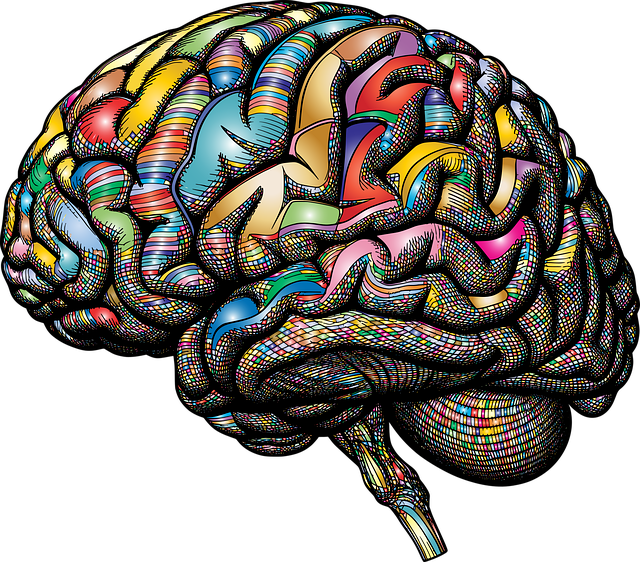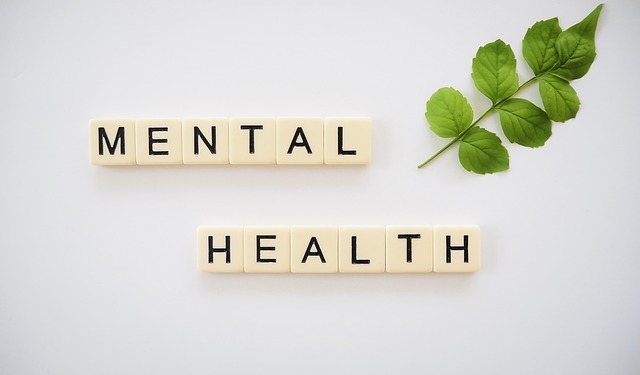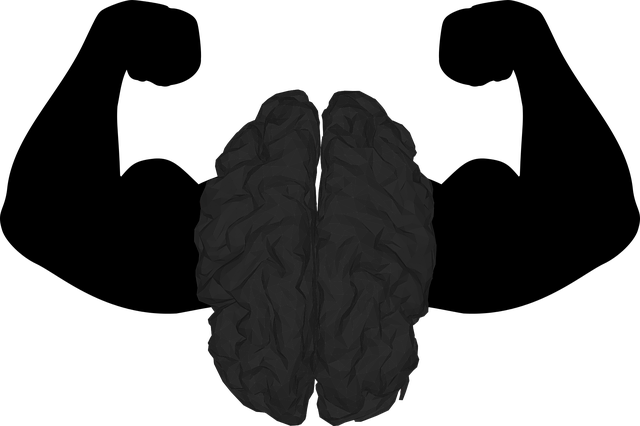Risk assessment is crucial in elderly care, identifying potential hazards and guiding support strategies. By evaluating routines, environmental factors, and individual needs, caregivers can anticipate risks to physical safety and mental health. This includes crisis intervention, fostering open dialogue about mental health, and developing programs for emotional well-being. Effective harm minimization focuses on both physical and psychological security, addressing fall prevention, mental health policy advocacy, and relationship issues through tailored therapy programs. Care facilities integrate these strategies to create a nurturing environment, empowering seniors with dignity and resilience. Early intervention, training for caregivers, and public awareness campaigns are vital for managing risks and enhancing the quality of life for elders dealing with relationship issues.
“Risk assessment and harm minimization planning are vital components of providing comprehensive care for the elderly, ensuring their safety and well-being. This article delves into critical aspects of eldercare, focusing on identifying potential hazards through rigorous risk assessment methods. We explore effective strategies to create supportive environments, addressing relationship issues prevalent in aging populations and offering solutions tailored for therapists and caregivers. By implementing best practices, we can enhance therapy for elders, fostering secure and nurturing settings.”
- Understanding Risk Assessment: Identifying Potential Hazards in Elderly Care
- Harm Minimization Strategies: Creating a Safe and Supportive Environment for Seniors
- Relationship Issues in Aging Populations: A Comprehensive Look and Proposed Solutions
- Implementing Effective Risk Management Plans: Best Practices for Therapists and Caregivers
Understanding Risk Assessment: Identifying Potential Hazards in Elderly Care

Risk assessment is a crucial process in elderly care, enabling facilities to identify and mitigate potential hazards that may impact the well-being of their residents. By meticulously evaluating various aspects of daily life, caregivers can anticipate and address risks related to physical safety, mental health, and overall quality of life. This proactive approach ensures that the elderly receive the necessary support and therapy for relationship issues, promoting a more fulfilling and secure environment.
Identifying potential hazards involves scrutinizing routine activities, environmental factors, and individual resident needs. For instance, assessing mobility challenges can help prevent falls, while recognizing social isolation may trigger interventions to combat burnout prevention and stress management. Crisis intervention guidance is integral during risk assessment, as it equips caregivers with strategies to handle sudden situations effectively. By addressing these concerns, elderly care facilities can foster a supportive atmosphere, enhancing the effectiveness of therapy for elders’ relationship issues and overall harm minimization.
Harm Minimization Strategies: Creating a Safe and Supportive Environment for Seniors

Creating a safe and supportive environment is a cornerstone of harm minimization strategies for seniors. This involves addressing physical safety concerns like fall prevention measures and securing the premises against accidents, as well as psychological security. A robust mental health policy analysis and advocacy can play a pivotal role in enhancing senior welfare. Promoting open dialogue on mental health issues, including therapy for elders with relationship problems, fosters an environment where individuals feel comfortable discussing their challenges without stigma.
Encouraging inner strength development through programs that cater to seniors’ emotional well-being is another crucial aspect. Mental health awareness initiatives can help identify risk factors early and intervene appropriately. By integrating these strategies, care facilities can create a nurturing atmosphere that not only minimizes potential harms but also enriches the lives of elderly individuals, empowering them to navigate their later years with dignity and resilience.
Relationship Issues in Aging Populations: A Comprehensive Look and Proposed Solutions

Relationship issues among aging populations have gained significant attention due to the complex interplay of societal changes and biological factors. As people age, they often experience shifts in their social networks, bereavement, and physical limitations, which can contribute to feelings of isolation and loneliness. These emotional challenges are exacerbated by the increasing complexity of healthcare systems and the demand for self-management, which can lead to burnout among older adults. Moreover, emotional intelligence plays a pivotal role in navigating these complexities, enabling individuals to understand and manage their emotions effectively, thereby fostering meaningful connections.
Proposed solutions include tailored therapy programs focusing on relationship issues for elders, integrating social activities into healthcare routines, and promoting mental health awareness. Burnout prevention strategies tailored for older adults can enhance their resilience and overall well-being. Additionally, education on emotional intelligence can empower seniors to address depression prevention proactively, fostering a sense of belonging and purpose. These comprehensive approaches aim to improve the quality of life for aging populations, ensuring they remain connected and supported in an ever-changing world.
Implementing Effective Risk Management Plans: Best Practices for Therapists and Caregivers

Implementing effective risk management plans is paramount for therapists and caregivers to ensure the best care for their clients, especially when addressing therapy for elders with relationship issues. A structured approach begins with a thorough assessment of risks specific to each individual. This involves identifying potential hazards within the client’s environment, understanding their psychological state, and evaluating any physical limitations. By creating a comprehensive risk profile, therapists can tailor interventions that go beyond mere treatment; they become proactive measures to mitigate harm.
Best practices include developing personalized care plans that incorporate stress reduction methods and resilience-building exercises. For instance, promoting mindfulness techniques or engaging clients in social activities can significantly lower anxiety levels and enhance overall well-being. Moreover, caregivers should be equipped with the knowledge to recognize early warning signs of deterioration, enabling them to intervene promptly. Public awareness campaigns development can also play a crucial role by educating both professionals and the public about recognizing and managing risks, fostering a supportive environment for vulnerable elders.
In conclusion, comprehensive risk assessment and harm minimization planning are vital components of providing quality care for the elderly. By identifying potential hazards, implementing safe environment strategies, addressing relationship issues, and adopting best practices in risk management, therapists and caregivers can significantly enhance the well-being of seniors. Fostering strong relationships through therapy for elders’ relationship issues is a game-changer in elderly care, ensuring a more nurturing and supportive environment.









